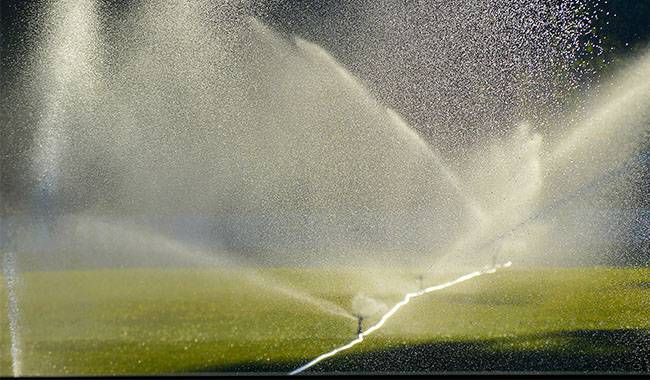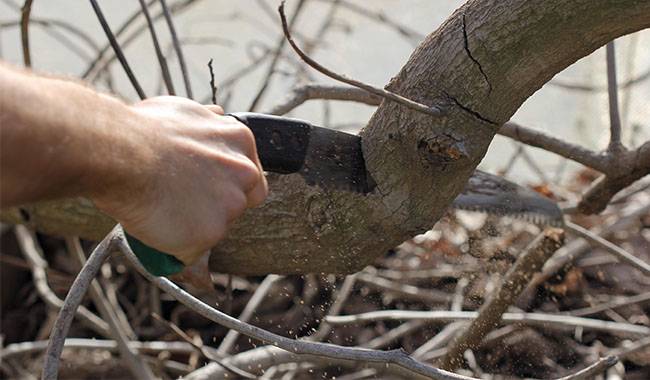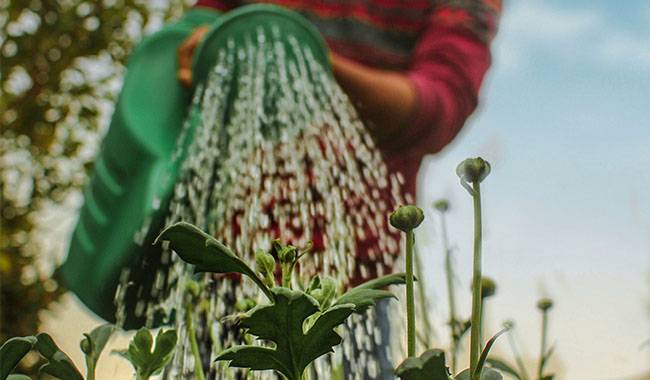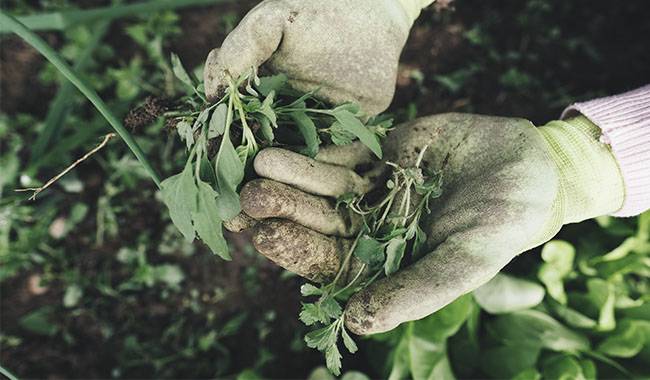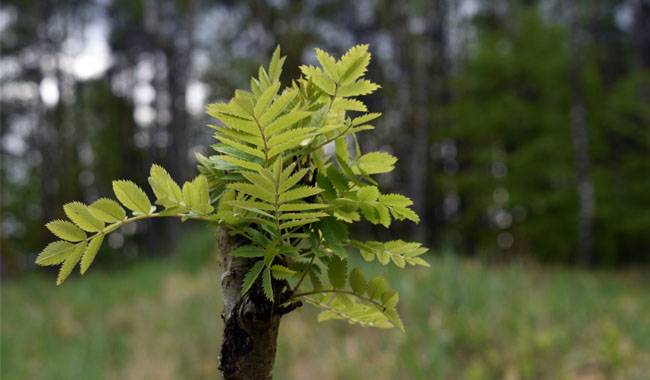
Protecting shrubs and trees from rodents is, not surprisingly, considered to be the most important point in preparing gardens for winter. Mice and hares eat the bark or fruit seedlings of plants, and the consequences can be difficult to overcome.
However, rodent damage to tree trunks, branches, and roots is not necessarily a sentence. If preventive measures don’t work or are forgotten, it’s possible to save damaged plants even if you have to fight to keep them healthy.
From simple garden varnish to special grafting methods, there are quite a few options for restoring shrubs and trees after a rodent infestation has occurred.
WHICH PLANTS ARE MOST SUSCEPTIBLE TO RODENT DAMAGE?
Orchards and beloved berry bushes aren’t the only plants that suffer from winter rodent activity. But they are the ones most often targeted by mice, hares, and other garden guests who like to eat plant bark.
Apricots and apples have always been special favorites of rodents, but in the harsh winter, even common berries often become endangered. Rabbits, with their strong claws and ability to reach branches, are thought to be particularly dangerous to orchards.
But rats and mice are just as dangerous. They move more stealthily, sneaking under the snow to the roots and bases of tree trunks and literally gnawing away at trees and bushes.
Activity by all rodents especially increases when other food sources are exhausted, i.e., in late winter and early spring.
No matter how thoroughly a garden is protected from rodents, it can’t always cope with visitors seeking any available food source. Constant checks and increased shelter may not be enough either.
If rodents have nibbled on fruit trees and other plants, don’t panic and take “extreme” measures in the first place. Before getting rid of the seedlings, it is worth assessing the damage, weighing the chances of success, and trying to save the damage if it is not complete.
Assessing damage and risk
To find the best recovery strategy for damaged fruit trees and other rodent-infested seedlings, it is worth determining the extent of damage to the plant.
Rodents can.
- partially gnaw the bark on the trunk of the tree.
- gnaw bark around the perimeter of the stem (in a circle)
- gnaw on the skeleton and twigs.
- wounding roots (most of the wounded roots only appear in spring, when the tree is fallen and can be easily pulled out)
- gnawing through root neck tissue.
All types of damage, even small ones, can put trees at risk of frost damage, insect infestation, disruption of sap flow, and cause dryness, not to mention reduced stability and yield.
The chance and time to save a fruiting tree are influenced by two factors.
- the state of the formative layer (has the formative layer been damaged and has the drying process started? ;
- the affected area.
Only trees with at least part of their bark not chewed off (at least 20% of the bark and roots should be preserved) should be salvaged. The smaller the area of damage, the greater the probability that the sapling will survive and recover in future years.
Damage to more than 50% of the bark or roots or any ring lesions carries a serious risk of plant mortality.
HOW AND WHEN TO SAVE DAMAGED PLANTS?
How quickly you act to protect trees from frost and desiccation often determines the chances of success as well.
As soon as wounds are discovered, all gnawed trunks and branches should be wrapped in aluminum foil and protected with agricultural film or other insulation to prevent frost damage from aggravating bark damage.
Basic control measures should begin as early as spring, after the snow melts, and before buds open and begin to grow.
All measures for plants subjected to rodents are designed to compensate for the damage and protect the plants – to heal the wounds in the bark and cambium. And because of the specific damage, there are not many options.
The best methods of healing gnawed seedlings are.
- Medicinal dressing.
- Bark grafting.
- Grafting “bridge grafting”.
- Pruning.
Bridge grafting and pivot pruning are suitable for cambium damage and ring gnawing, and the first two methods are suitable for minor damage.
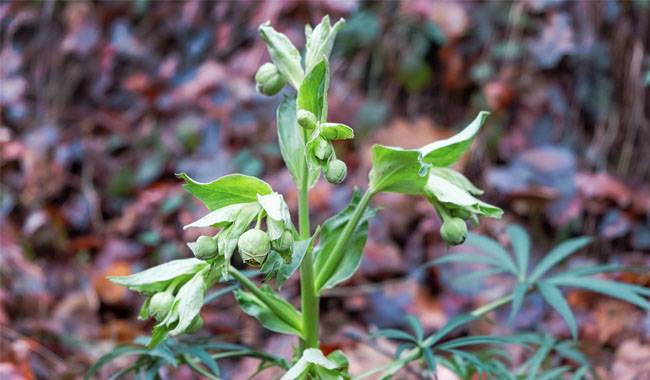
A HEALING DRESSING IS THE BEST CHOICE FOR TREATING SMALL WOUNDS.
It is an artificial “protection” until the new bark grows and stays on the tree until the wound heals.
Making a medicinal dressing on a fruit tree requires only 4 steps:
- treat the wound with growth stimulants and fungicides: systemic preparations, a decoction of linden bark (200 g per 1 liter of water), 3% concentration of the purple copper solution, etc.
- Fully cover the damaged surface, areas without bark and channels, with horticultural varnish, wound healing paste, or professional tree putty; they have protective, disinfecting, and healing properties and form a reliable coating that will not crack.
- Wrap tree trunks and branches with paper, garden bandages, gauze, or natural cotton (linen) cloth; the material should have good breathable properties and the prospect of long-term decomposition.
- protection of the woven dressing with a film (to protect the wound from water and bacteria) or a second layer of “putty”.
Ordinary clay putty can be used instead of garden varnish and caulk. The ideal ratio is 4 parts of manure to 6 parts of clay, kneaded to a thick paste. However, pure clay can also be used, applying a layer up to 3 cm thick under and over the tissue.
The therapeutic dressing is left until next year. If a clay bolus card is used, it will be washed off.
“Grafting” bark
Grafting healthy bark onto a bare, gnawed trunk is a difficult method and not always a reasonable one.
Only the tree’s own bark taken from a healthy branch should be grafted.” The size of the “patch” should exceed the size of the damage by 4-5 cm.
The bark is applied to the scraped and flattened bare tissue and taped with insulating tape. With the protection of the tree from drought and regular feeding, the bark can take root in a new place by the end of the season.
However, this method strongly affects the growth and endurance of the plant, and it is used more for decoration than for fruiting seedlings.
Bridging branches
By restoring tree nutrition through grafting, new “nutrient channels” can be obtained for a long time to compensate for the damage to the ovary.
Annual shoots, shoots and healthy twigs (from damaged and other trees) of about 0.2-0.4inch (0.5-1cm) diameter can be used for grafting. The length of the cuttings is equal to the length of the wound on the trunk with a 4inch (10cm) extension.
For plants with thin trunks under 1.2inch (3 cm) use 2-3 twigs, for trees with thick trunks – from 5 cuttings.
After cleaning the wound edges and treating them with a fungicide (e.g. 1% copper sulfate solution), graft above and below the wound.
Insert the sharp edge of the scion into the T-shaped cut and secure the cut firmly in place by any available method. A simple horticultural varnish treatment and additional aluminum foil reinforcement will help accelerate rooting.
Such grafting forms peculiar bridges – conductors that connect undamaged areas of the amniotic membrane that bypass the ring wound, the new plant nutrient pathway. Over the years, the shoots grow together and form a kind of thickened knot in the trunk.
Trunk pruning
For trees over 5 years old with strong root systems, even if they are severely damaged, backward pruning can save the plant. This method is generally used on apple trees.
Before buds begin to sprout, cut off the lowest buds of the tree and immediately treat the stump with garden varnish to stop growth. New shoots develop from strong roots and dormant buds, allowing the plant to recover around the old stump.
RESTORING DAMAGED ROOTS
If mice and rats have chewed on the roots of young plants under 5 years old, there is only one rescue strategy. This is careful treatment and the slow recovery of the wound with root crown balancing, installation of supports, and partial replacement of the substrate with a special soil mix.
For plants with biting roots (if the number of damaged roots does not exceed 80%), a thorough root treatment is carried out in spring.
- Dig up and rake the soil to expose the rootstock.
- All wounds, bitten and gnawed areas were treated with a fungicide and growth stimulant solution, and thoroughly treated with ash.
- A reliable support was set up for the plant, which will serve as additional support for several years.
- Add wood ash (2.5-3 liters) and superphosphate (250-300 grams) to the soil, fill in the plant, tamp the soil gently, and carefully fill the space between the roots.
- Cut the crown, leaving as many branches as possible on the undamaged roots (if 80% of the root system is affected, cut 80% of the branches, etc.). The root system and the crown should be balanced, leaving only strong, healthy skeletal buds.
- A few seasons down the road, fruit trees are more thoroughly wintered against rats and frost.
Trees with damaged roots recover very slowly, first to establish the rootstock, then the crown.




